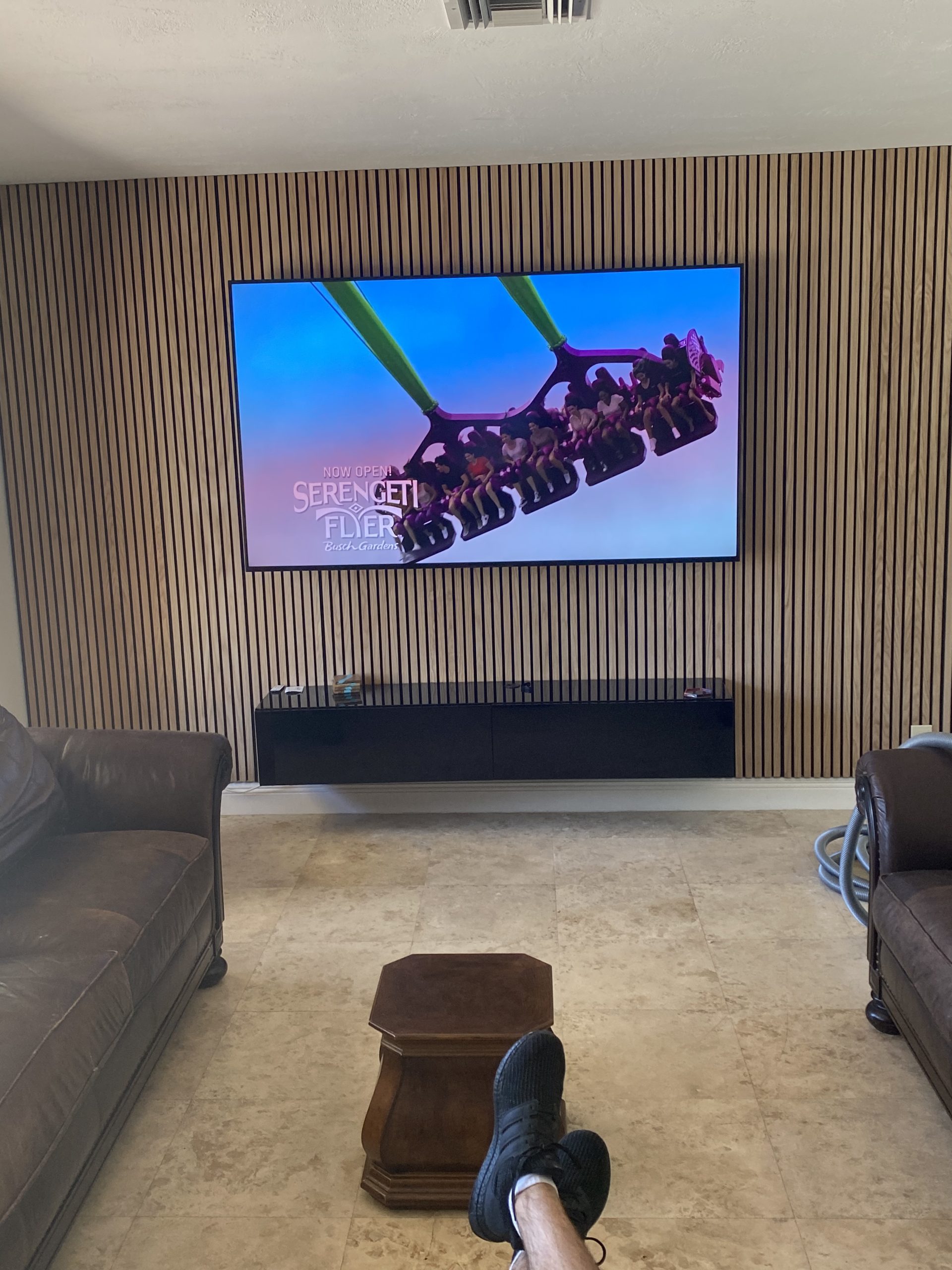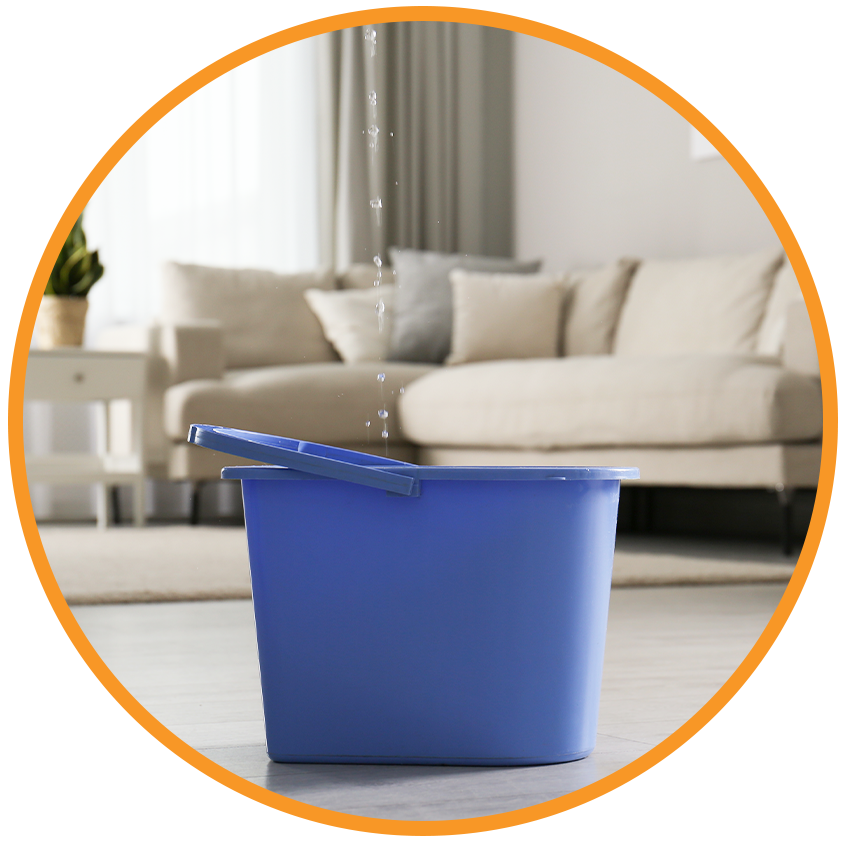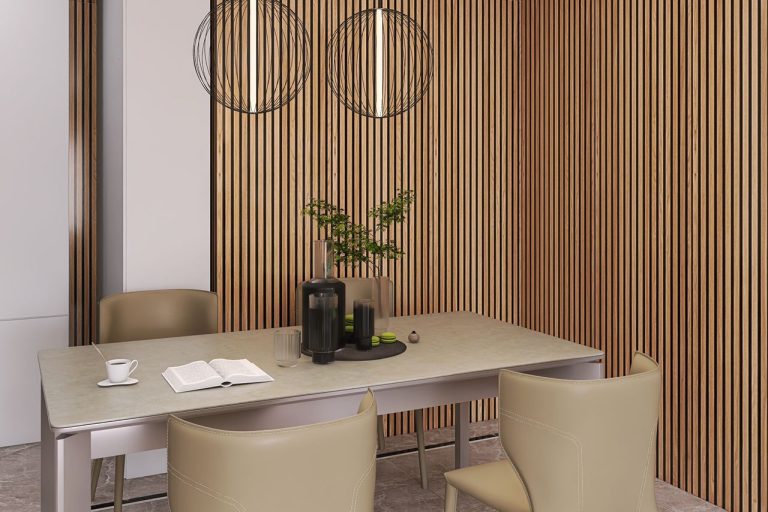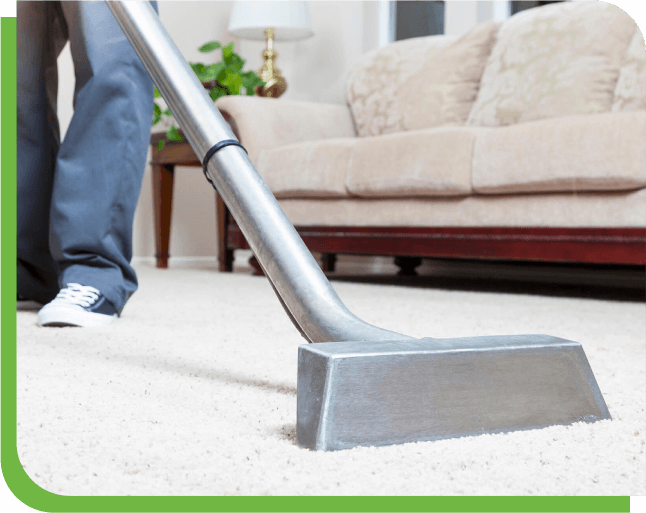High Definition Liposuction: What You Need to KnowHigh Definition Liposuction: What You Need to Know

High Definition Liposuction, often referred to as HD Lipo, is a specialized form of body contouring designed to create a more athletic and sculpted appearance by enhancing the body’s natural muscle definition. Unlike traditional liposuction, which primarily focuses on removing fat, high definition liposuction aims to selectively sculpt and refine areas to reveal toned musculature underneath. Let’s break down what HD Lipo involves, how it differs from traditional liposuction, the benefits and risks, and what results you can expect.
What is High Definition Liposuction?
High Definition Liposuction is a highly specialized procedure that combines traditional liposuction with advanced sculpting techniques to shape and contour the body. Unlike regular liposuction, which simply removes fat from the targeted areas, HD Lipo is designed to selectively remove fat to create precise definition, accentuating natural muscle lines for a more athletic appearance.
This technique is especially popular for areas where muscle definition is desired, such as:
- Abdomen (to enhance the look of “six-pack” abs)
- Chest and pectoral muscles
- Upper arms (to reveal biceps and triceps)
- Back
- Buttocks and thighs
How Does It Differ from Traditional Liposuction?
While both procedures remove fat, there are key differences:
Precision Sculpting: HD Lipo involves using specialized tools and techniques to carefully sculpt around muscles, providing enhanced definition.
Skin Retraction: High definition liposuction often incorporates energy-based devices, such as VASER (Vibration Amplification of Sound Energy at Resonance), which use ultrasound technology to liquefy fat cells before removal. This process allows for a more thorough removal of fat and helps promote skin retraction, which is key to achieving a smooth, contoured look.
Results: HD Lipo is geared toward individuals looking for a highly defined, athletic look, while traditional liposuction is typically used for overall fat reduction and general body contouring.
Who is a Good Candidate for High Definition Liposuction?
HD Lipo is best suited for individuals who are relatively close to their ideal weight but struggle with areas of stubborn fat that prevent their muscle definition from being fully visible. Ideal candidates often include those who:
- Are already fit and active
- Have good skin elasticity (as this helps the skin retract smoothly)
- Want more precise contouring to reveal muscle tone
Those with significant weight to lose or with a history of fluctuating weight may be better suited for traditional liposuction or other body contouring options, as HD Lipo is primarily a body-sculpting procedure, not a weight-loss solution.
The Procedure: What to Expect
Consultation: During the consultation, the surgeon evaluates areas you want to enhance and assesses skin elasticity, body type, and muscle structure to determine the best approach.
Anesthesia: HD Lipo is usually performed under general anesthesia or IV sedation, depending on the areas treated and the surgeon’s preference.
VASER Technology: For many HD Lipo procedures, VASER technology is used to break down fat cells, allowing the surgeon to remove fat with greater precision and minimize damage to surrounding tissues.
Sculpting: The surgeon uses specialized cannulas to carefully remove fat and sculpt the body around muscle groups, enhancing definition. This part of the process is meticulous, focusing on creating natural-looking lines and contours.
Recovery: HD Lipo has a recovery period similar to traditional liposuction, though patients should avoid strenuous activity for a few weeks. Compression garments are typically worn to reduce swelling and promote smooth skin retraction.
Benefits of High Definition Liposuction
Enhanced Muscle Definition: HD Lipo can give a more athletic, “cut” appearance to areas where muscle tone is already present but hidden by stubborn fat.
Minimal Scarring: Since the procedure is done with small cannulas, scars are usually minimal and placed in inconspicuous areas.
Improved Skin Tightening: The energy-based techniques used often stimulate collagen production, leading to better skin retraction and smoother results.
Long-Lasting Results: When combined with a healthy lifestyle, the results of HD Lipo can be long-lasting.
Risks and Considerations
While HD Lipo is generally safe, as with any surgical procedure, it carries some risks:
Swelling and Bruising: These are common after-effects and typically resolve within a few weeks.
Irregular Contours: Because this is a highly precise procedure, minor asymmetries or irregularities can occur, especially if performed by an inexperienced surgeon.
Skin Laxity: In patients with lower skin elasticity, achieving a smooth look may be more challenging.
Expense: HD Lipo can be more costly than traditional liposuction due to the advanced technology and skill involved.
How Long Does It Take to See Results?
While you’ll notice some improvement in shape and contour immediately after surgery, full results are usually visible after several months, once all swelling has subsided. For most patients, the final sculpted look will be apparent around 3 to 6 months post-procedure, as the skin fully retracts and contours settle.
Is HD Lipo Right for You?
High Definition Liposuction offers a specialized approach for those seeking a toned, sculpted look that highlights muscle definition. It’s most effective for individuals already at or near their goal weight and looking to enhance their physique. The decision to undergo HD Lipo should be made with the guidance of a board-certified plastic surgeon who specializes in this technique.
If you are in Houston or anywhere near and considering HD Liposuction, schedule a consultation at https://cyrmdcosmeticsurgery.com/. Get the body of your dreams with a high-definition liposuction Houston from Dr. Cyr and his team of board-certified plastic surgeons.





